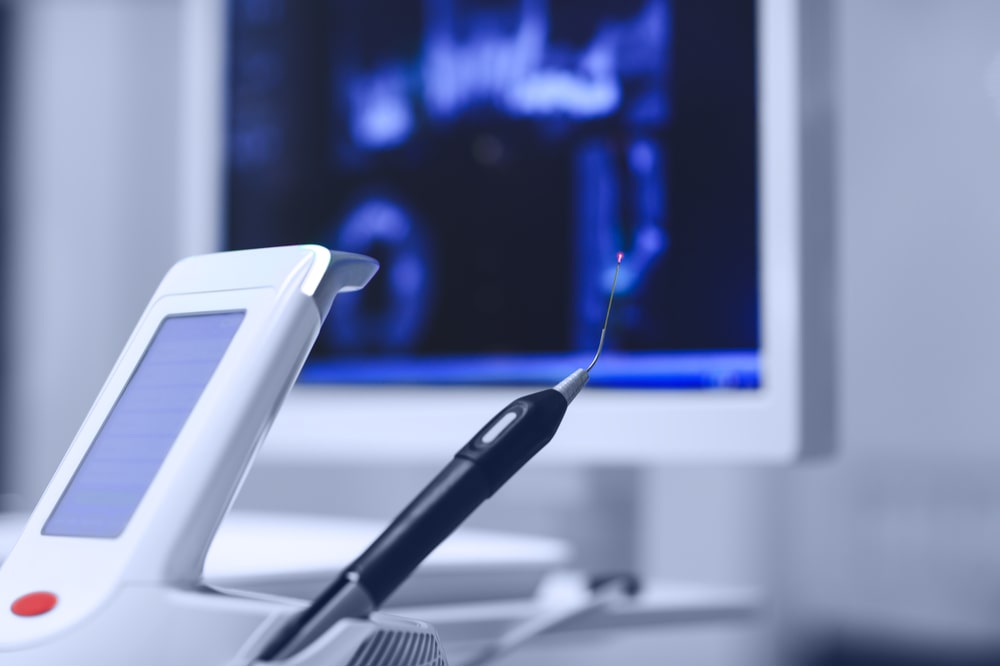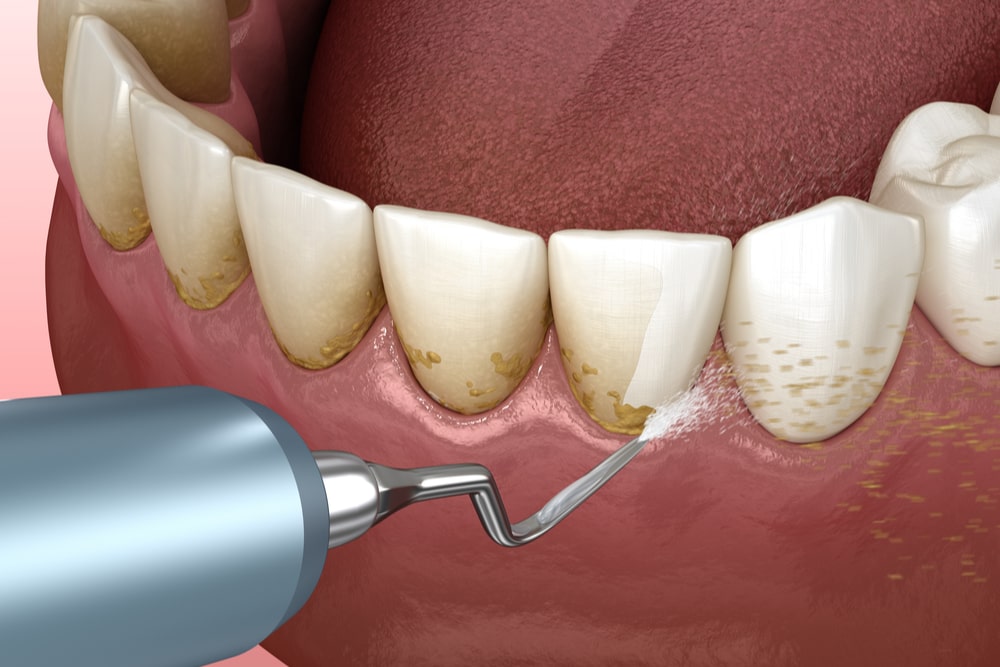Using lasers in dental procedures began to gain traction in the 1990s. Today, many specialties use this technology, including oral surgery, implants, oral medicine, periodontics, and pediatrics. Lasers are targeted and concentrated narrow beams of light that dental professionals use to target either teeth or gums.
Laser Dentistry typically uses lasers to remove or shape tissue or for targeted therapies, such as Laser Periodontal Therapy, where lasers can target the bacteria associated with periodontitis, also known as gum disease. For the hard tissue of teeth, the lasers used are those whose wavelengths target the combination of water and the mineral specific to the tooth structure. For the soft tissue of the gums, the lasers used are ones whose wavelengths target the water and hemoglobin found in the gums.
The FDA approved uses of laser for dental purposes are:
- Periodontics Procedures – procedures for the structures that support our teeth, like the gums and tooth roots,
- Endodontic Procedures – procedures for the soft tissue inside our teeth,
- Oral Surgery, and
- Teeth Whitening.
Laser Dentistry can provide a promising alternative, especially for people who may feel nervous about dental procedures or drills. Several common dental procedures can incorporate the use of lasers to either eliminate – such as in Laser Gum Surgery – or to minimize the use of drills – such as in the preparation of a tooth which requires a filling.
What are the Pros and Cons of Laser Dentistry?
Surveys of the experiences of dentists who safely and effectively use lasers in their dental practice suggest that Laser Dentistry can be very beneficial. Some of the reported benefits, over traditional manual methods, include:
- decreased pain for patients in some procedures,
- decreased chance for bacterial infections post-procedure,
- decreased need for stitches, and
- minimized bleeding.
However, there are limiting factors to the current use of Laser Dentistry:
- incompatible with teeth that already have fillings in place or too close by,
- incompatible with teeth where cavities are between teeth or teeth which need to be prepared for a crown fitting (where a cap is placed to restore the original shape of teeth)
- typically, won’t eliminate the need for anesthesia
- tend to be more expensive than procedures using other manual technologies like drills
Anything Important to Know About Laser Dentistry?
It is crucial when considering Laser Dentistry to seek out laser treatments from qualified and well-trained practitioners. Incorrect use of lasers poses a possibility of damage to the soft tissue inside our teeth or gums. This damage may occur when either an inappropriate wavelength and/or power level is used during a procedure.
The use of lasers in dentistry has developed over the past few decades and continues to be refined. Research and developments in using lasers for dental procedures are always ongoing. However, laser Dentistry has not yet been approved by the American Dental Association or the American Academy of Periodontology. Both organizations cite needing a larger body of evidence for the benefits of this technology over other current dental technologies.
If you are interested in whether Laser Dental Treatment can help treat your gum disease, please contact us to learn more.





